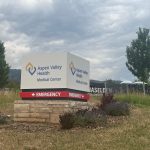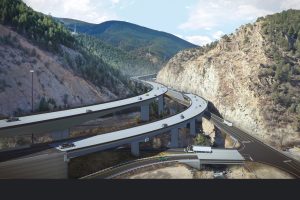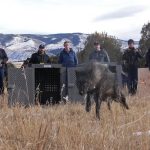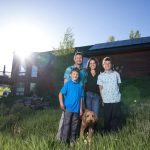White River National Forest to start pile burning near Aspen
Smoke should not impact town, official said
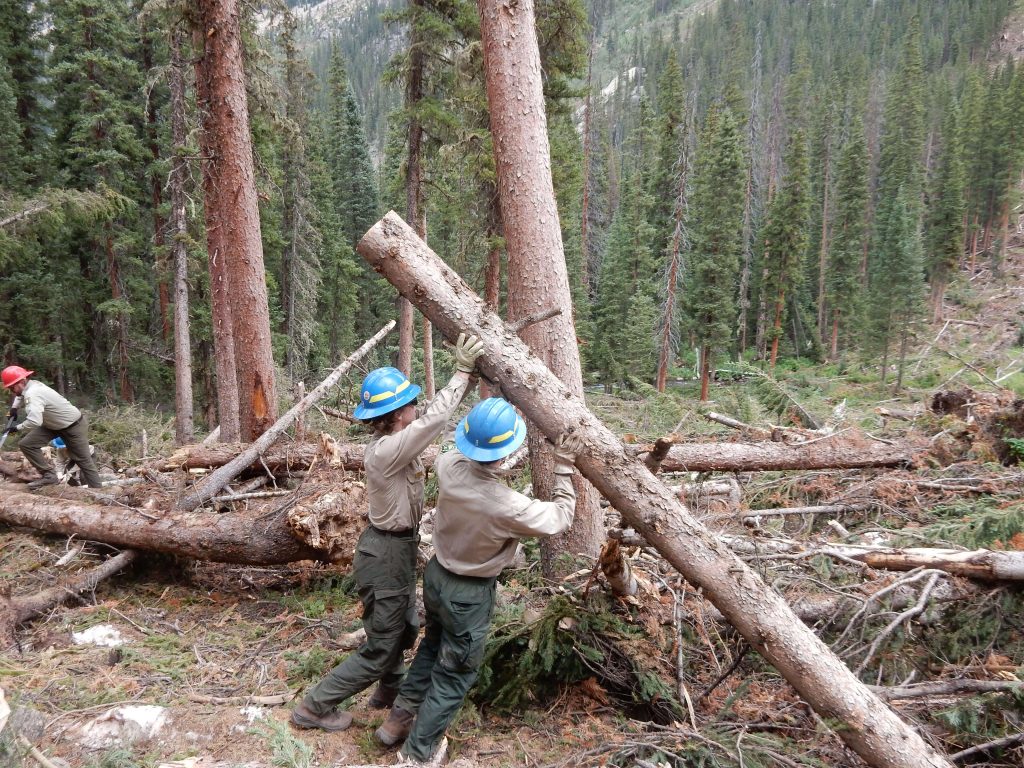
The Aspen Times archives
The White River National Forest pile burning operations will likely begin next month, with the aim of reducing overgrown vegetation and protecting local communities and natural resources from wildfires.
The pile burning will begin in three areas, listed below, when adequate snow coverage is present and “weather conditions are favorable,” according to a press release. It is expected to continue into spring 2026. Firefighters always evaluate weather conditions in the hours before specific pile burning begins, and might cancel scheduled operations if conditions become unfavorable.
“We burn on days when atmospheric conditions are such that smoke lifts up and out of the area,” David Boyd, public information officer for the White River National Forest, told The Aspen Times. “Low pressure, often when it is snowing. We want there to be snow on the ground.”
According to the U.S. Forest Service’s website, the piles that are burned — called slash piles — are the result of thinning and clearing vegetation to reduce the risk of wildfires and improve habitat overall. Areas planned for pile burning include:
- Dillon Ranger District/Summit County: Keystone Gulch, 86 acres south of Keystone; Ruby Ranch, 86 acres north of Silverthorne; Peak 7, 22 acres near Breckenridge; Barton Gulch, 66 acres at Breckenridge; Ophir Mountain, 229 acres south of Frisco; Blue River West, 110 Acres adjacent to Highway 9 near the town of Blue River
- Eagle Holy Cross Ranger District/Eagle County: Trappers Run, 20 acres west of Vail; Booth Creek, five acres north of Vail; Piney, 100 acres four miles north of Vail
- Aspen-Sopris Ranger District/Garfield County: Sunlight, 100 acres southwest of Glenwood Springs; Red Dog, 19 acres seven miles south of Carbondale
Warning signs will be placed along roads near all prescribed fire areas before and during burns.
According to the release, residents in those areas might experience smoke during the prescribed burns. But Boyd confirmed it’s likely too far from Aspen to push smoke into town.
“We wouldn’t expect impacts to Aspen,” Boyd said.
All valley residents can find detailed information about air quality at https://fire.airnow.gov/. For anyone driving through the prescribed burn area, the press release asks all drivers to slow down and turn on headlights if smoke is present on the road.
For anyone who finds themselves near one of the listed prescribed burns, the Forest recommends checking air quality and heading inside if air quality is bad, particularly for children and higher risk groups. Activity outdoors should be limited during periods of heavy smoke, and an N95 respirator mask can be used during that time as well (those with heart or lung conditions should check with a doctor before wearing a respirator). Car windows and vents should be kept closed to reduce smoke inside a vehicle.
According to the Forest Service, smoke can be worse at night, which the Colorado Department of Public Health and Environment’s website says is because calmer air allows smoke to sit lower and heavier.
Visible smoke following a prescribed burn announcement in an area should not be reported to 911 — the U.S. Forest Service website asks the public to refrain from calling in about a controlled fire in order to avoid overloading operators.
Project-specific notifications can be found on the Forest Service website and Facebook, with county emergency management officials notified when burning begins.
“We’ll see what these next systems bring for snow, but we’ll likely begin pile burning at the Garfield County locations in early December,” Boyd said. “We will provide additional notifications before we begin burning piles in specific locations.”
White River National Forest to start pile burning near Aspen
The White River National Forest pile burning operations will likely begin next month, with the aim of reducing overgrown vegetation and protecting local communities and natural resources from wildfires.



